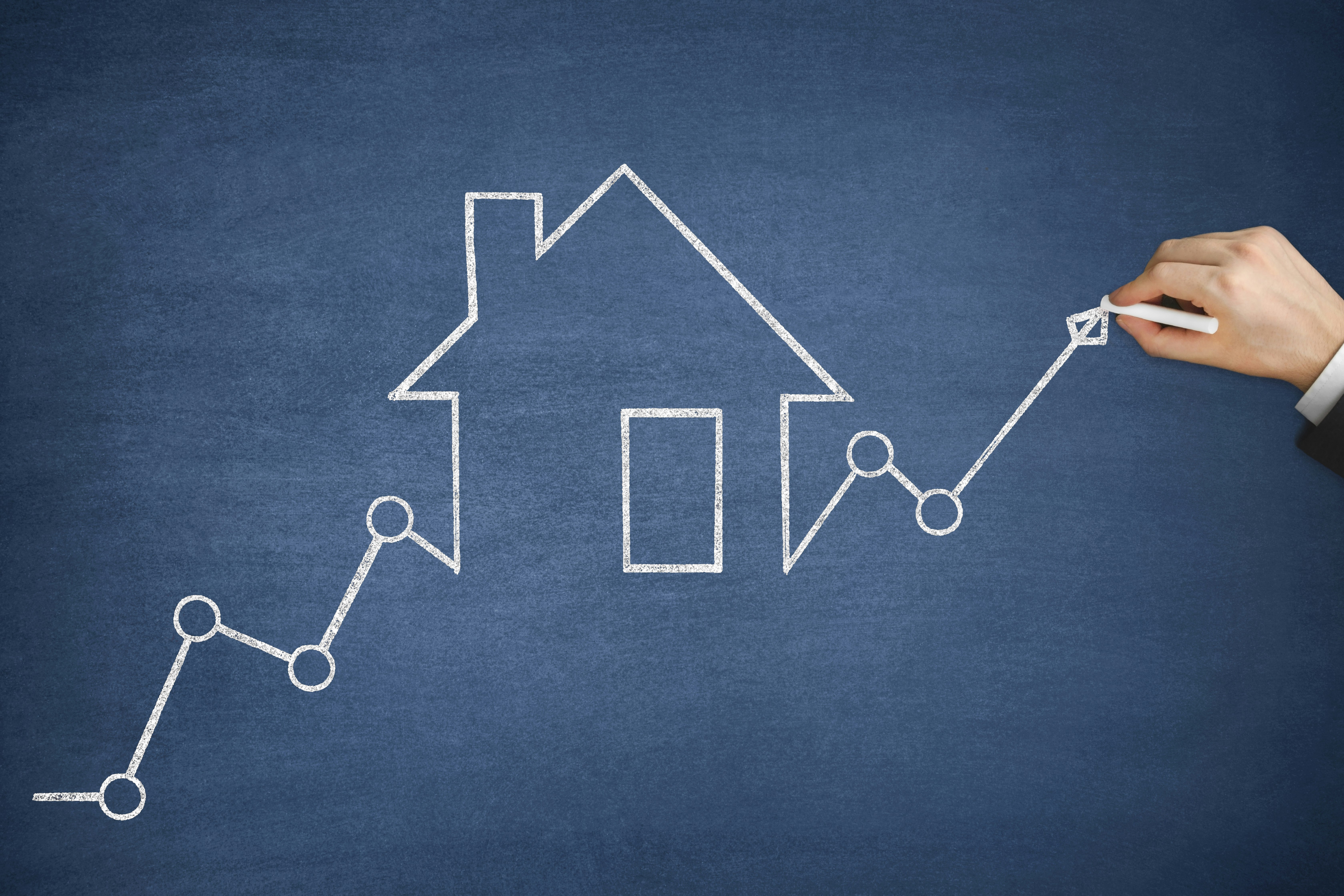Market volatility and forecasting credit risk in 2021

 During the Covid-19 pandemic, everyone picked up new tasks. Some people picked up new skills and hobbies. Others, people like Ebbe Negenman, Chief Risk Officer, Knab, used this time to reflect on their previous assumptions and to improve their outlook on credit risk.
During the Covid-19 pandemic, everyone picked up new tasks. Some people picked up new skills and hobbies. Others, people like Ebbe Negenman, Chief Risk Officer, Knab, used this time to reflect on their previous assumptions and to improve their outlook on credit risk.
“If you never changed your mind, you never learned”, my grandmother repeatedly told to me. And honestly, when I was young I did not like that quote at all. In my juvenile mind, theorems were either right or wrong. Changing your view later on, was just admitting you were wrong in the first place. Only later on, I learned to value her sayings. Being wrong is not wrong by itself. If you admit it, it can be a valuable lesson. A few bruises on your ego is a small price to pay for a new insight. This was my exact journey on credit risk management during the Covid-19 crisis. I learned to change the way I looked at credit risk, and as a result the credit risk I looked at did change.
The credit risk we currently face cannot be understood if we do not acknowledge the unprecedent low interest rates in the pre-Covid area. After the financial crises of 2008, interest rates decreased to the consistent current negative levels. It is paradoxical that a crisis that is labelled as a lending crisis and resulted in housing price bubbles has been tackled by lowering rates. Banks were all aware of the credit risk that cheap lending triggers. Consequently, long before the start of the Covid crisis, credit risk has been in my bank’s top three risks. Next to the interest rate market, Knab is also a digital retail bank. Lending on our balance sheet is mostly done by digital propositions, so credits are approved by scorecard models most of which were developed in the last 5 years. We trust our models, but since they are new, you should be cautious. This added even more to the importance of credit risk for our bank.
Covid entered the Dutch economy in March 2020. The immediate effect was on small business and the self-employed population – the exact entrepreneurial clients that are the base of Knab. As a result, credit risk was, in these first few months, the top priority of the risk team. We put in place provisions and analysed in detail our client base with various credit stress events. To my surprise, we did not see the substantiation of what followed, which I think is mainly due to the resilience of our clients and adequate government support.
The level of resilience was something that changed my mind. The entrepreneurs were larger than expected, and were able to lower costs or change their business models rather fast. Therefore, less credit risk materialised than expected – so far. Of course, our client base might be positively biased in this behaviour; we are an entrepreneurial bank which attracts agile types of clients (or vice versa!). So on a larger scale, it has to be seen if indeed the credit risk for the whole economy is lower than expected as well.
Next, there was adequate government support (although we Dutch like to blame the government for lots of things that go wrong). I think the support has been on average successful so far, both in the fast roll-out of the available programmes, but also in terms of the specificity of the programmes. Having some business in the UK, the CBILS (Coronavirus Business Interruption Loan Scheme) and BBLS (Bounce Back Loan Scheme) were good in mitigating some credit risk for clients and banks.
One year on, the question is: what does credit risk look like now? A recent poll by the Dutch banking supervisor showed that about 60% of the Dutch population was able to increase their net wealth, mostly due to less spending and generating more savings. Around 30% was not impacted financially, and about 10% was affected financially negatively by Covid-19. This 10% shows that the risk is fragmented and are likely concentrated within some sector, meaning that although the overall level of risk might be manageable, the benefits of diversification are now showing up. These stats may also be biased, but they suggest that the majority of the Dutch population can act as a spending engine to boost the economy, and therefore a cushion in credit risk might be available.
However, various economic forecasts suggest differently, so I’m not excluding the credit crisis scenario. After all, lending volumes are unprecedently high, also due to the government support, while rates are still negative in Europe. The real credit crisis might still be around the corner.
In any case, I think it will be the flexible mind of the risk manager that is able to spot the new economic patterns that will be crucial. Maybe this is the time that those risk managers who can change their minds the fastest are the ones most likely to excel. Or in other words my grandmother had the potential of a good risk manager.
